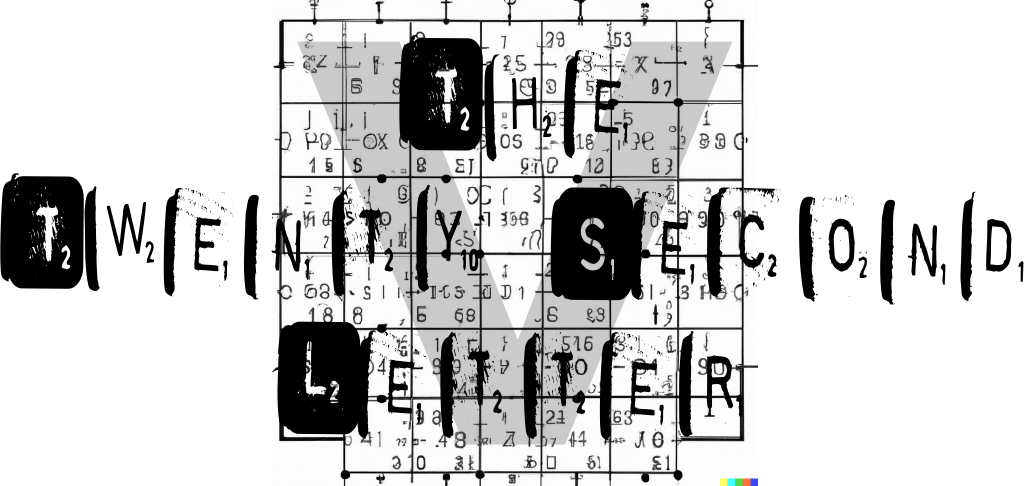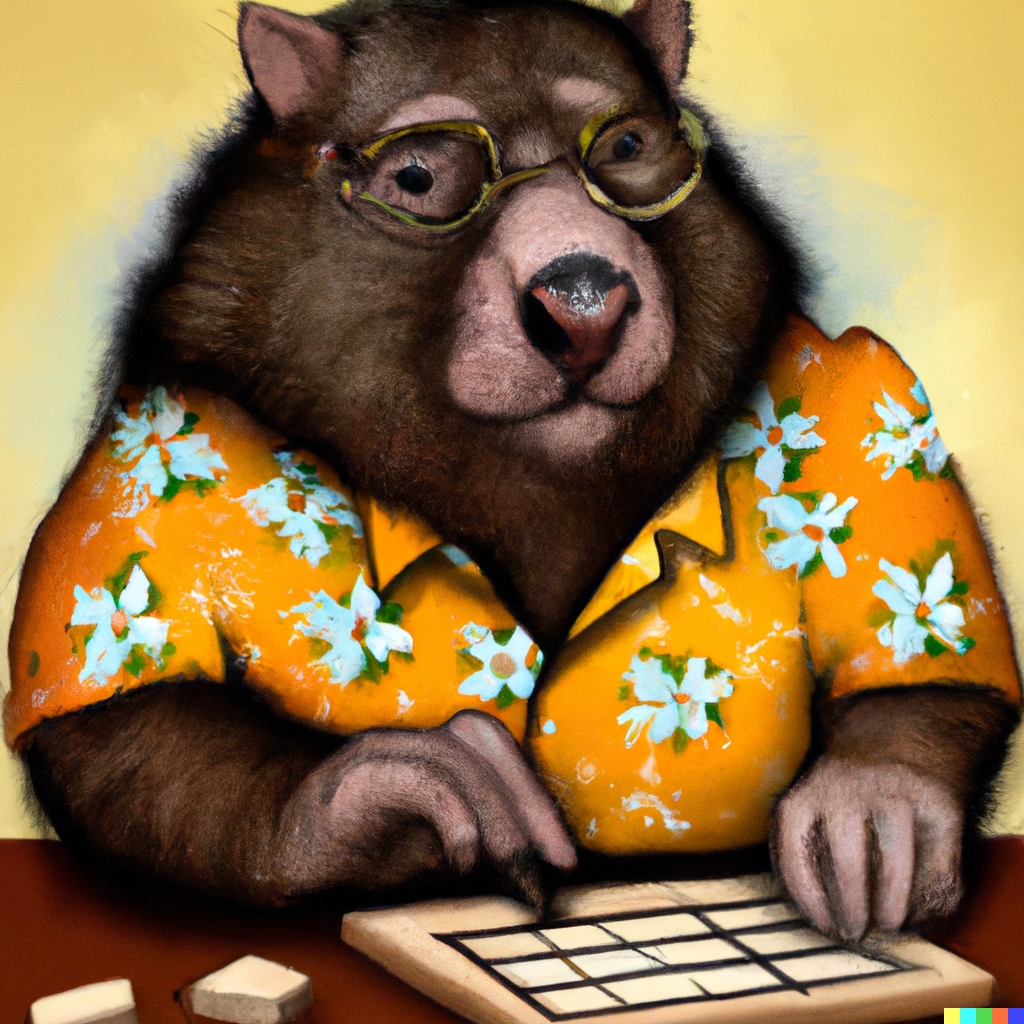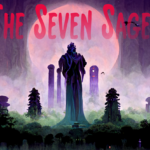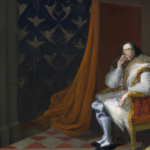I asked OpenAI’s GPT-3 to generate 31 different videogame ideas, one for each day of Blaugust, each dealing in some way with that particular day of the month. Here’s its idea for August 22nd: “The 22nd Letter”.
“The 22nd Letter” is a game where you make words in a Scrabble-like game, and the words you make eventually tell a story of someone who disappeared during a Scrabble tournament long ago — a man known only as “V”, after the 22nd letter of the alphabet.
The game is played on a board with tiles that have letters on them, and you make words by placing the tiles on the board. You can only use each tile once, and you score points based on the letters in the words you make. The goal is to get the most points.
The story of “V” is told through the words you make in the game. As you play, you’ll gradually uncover more and more of the story, piece by piece. It’s a fascinating mystery, and it’s up to you to solve it.
As you play the game, and learn more of “V”, you find evidence that he is helping you, giving you tips on which words to make. But who is “V”? And why is he helping you? Eventually, you’ll discover the truth behind the mystery, and it’s a truly satisfying conclusion.
The game is played on a 7×7 grid of tiles. There are 49 tiles in total, each with a different letter on it. You start the game with 7 tiles, and you draw new tiles from the bag to replace the ones you use. You can place your tiles anywhere on the board, but they must be placed in a straight line, either horizontally or vertically. You can’t place them diagonally. When you make a word, you score points based on the letters in the word. The point values are: A=1, B=3, C=3, D=2, E=1, F=4, G=2, H=4, I=1, J=8, K=5, L=1, M=3 N=1 O=1 P=3 Q=10 R=1 S=1 T=1 U=1 W =4 X =8 Y =4 Z =10
There are also special “double letter” and “triple letter” squares on the board. If a tile is placed on one of these squares, its point value is doubled or tripled. The first player to use all of their tiles wins the game.
Throughout the game, “V” will communicate with you through the words you make. If you make a word that is part of the story, a special icon will appear next to it. Click on the icon to read what “V” has to say about that word. “V” will give you hints and tips about which words to make. He’ll also ask you questions, and it’s up to you to figure out the answers.
The game screen is divided into two main sections: the board and the story. The board is where you play the game. The story is where “V” communicates with you. As you make words on the board, the words will appear in the story section. If you make a word that is part of the story, a special icon will appear next to it. Click on the icon to read what “V” has to say about that word.
Once you’ve used all of your tiles, and there are no more words that can be made, the game is over. If you’ve made all of the words in the story, you’ll see the complete story, and the mystery will be solved. Otherwise, you’ll see a partial story, and it will be up to you to figure out what happened to “V”.
The connection between the player and “V” is never fully explained, but it seems clear that “V” is helping the player for a reason. Why is “V” helping the player? And who is “V”? The answers to these questions are at the heart of the mystery.
Prompt for the header image: A mechanical drawing of a 7×7 grid with letters in each square
Prompt for the wombat: A digital portrait of a wombat in a Hawaiian shirt playing Scrabble
I asked the AI who “V” was, and the AI said it was Vincent Van Gogh. I had trouble figuring out why Van Gogh would be communicating with the player from the afterlife through Scrabble tiles, so I just let that one slide.





